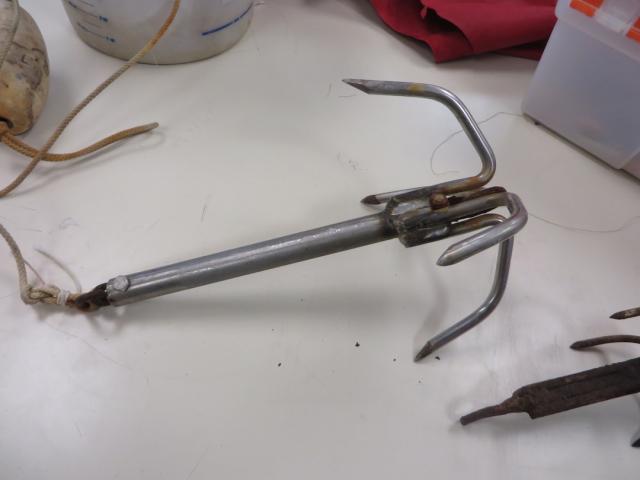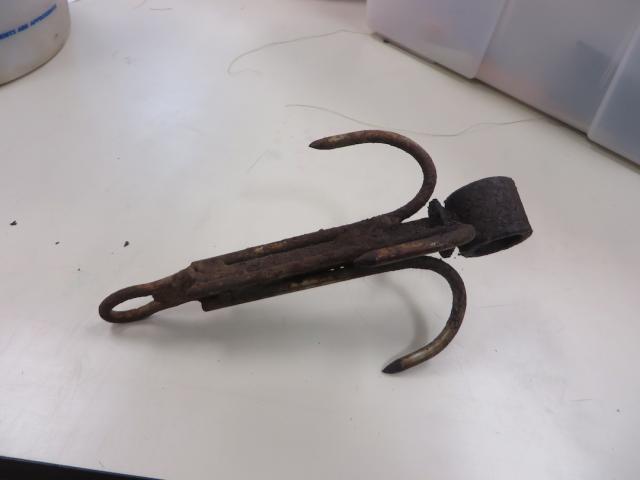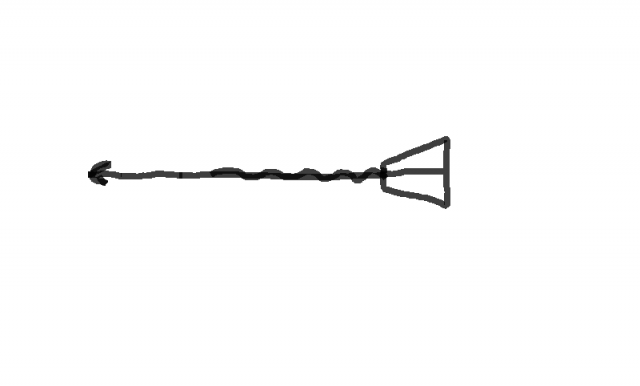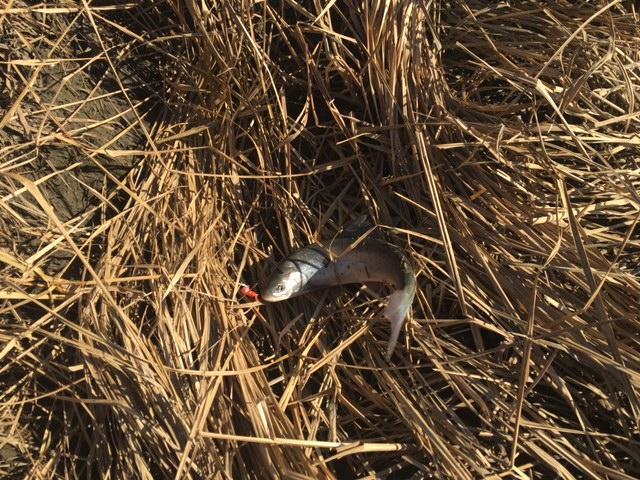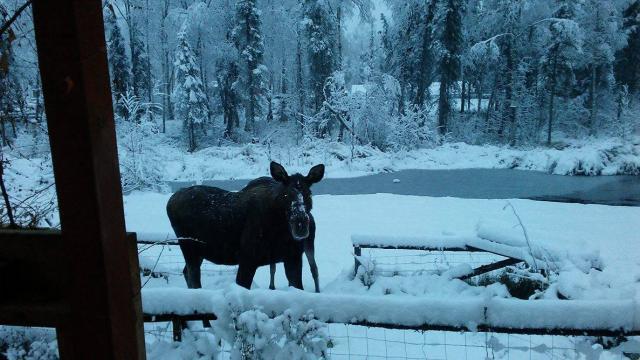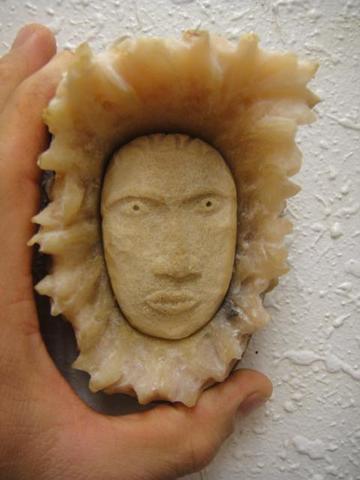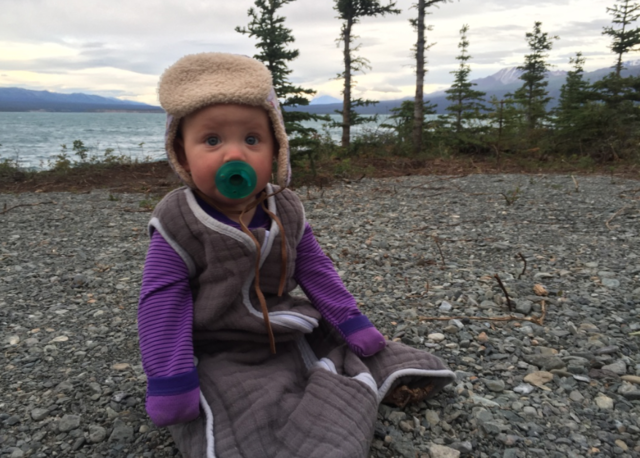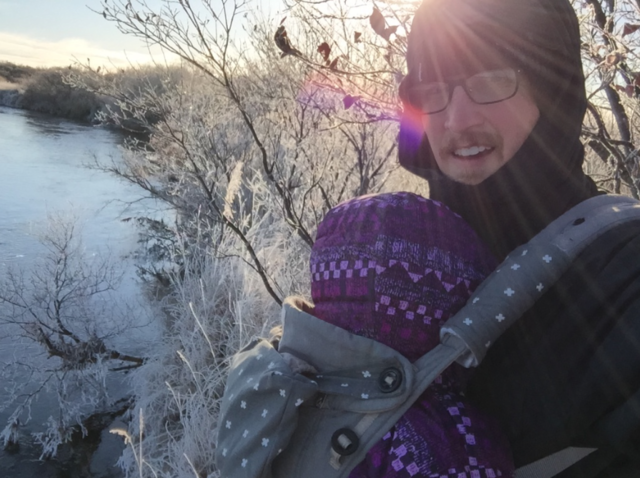Just as Ryan explained the buoy is for for holding up the rope. We have a shallow bay here, the average depth is 15 feet and having the buoy on the whale or seal will slow down the animal. Most of the time we will try harpooning first, if not, we will shoot and wound the animal and harpoon when it gets tire or slows down. We follow the kalliaq(swirls) in deeper water. Kavluunaqs(wake), are present when the animal is in shallow water. If we are going to hunt in deeper water like Shaktoolik or Elim people, we would have thirty to seventy feet of line on our harpoons. We prefer to get them in shallow water for ease of hunting and retrieving. The small harpoon is 5 and a half feet long, the longer one is a little over six feet. The type of harpoon drawn by Ryan is used around here too, we call them kavluunaqsuun. Just a way of saying to throw at the kavluunaq(wake). Most people like them because they are easy to make. The ones I have posted up are called naliq/unnuaq. They are used mainly for beluga and walrus, or giant bearded seals. Many don't have the naliq because they need to maintain the harpoon. The twine on the toggle will get loose every year or so and will need to be changed or retightened. I got two spotted seals with the bigger harpoon this fall, and have taken many seals with the smaller one, also one beluga. I have a throwing board and seal darts as well. I will bring them in and take pictures sometime. I got a seal with the throwing board last year. Anyways, I took some pictures of the whale and seal hook.
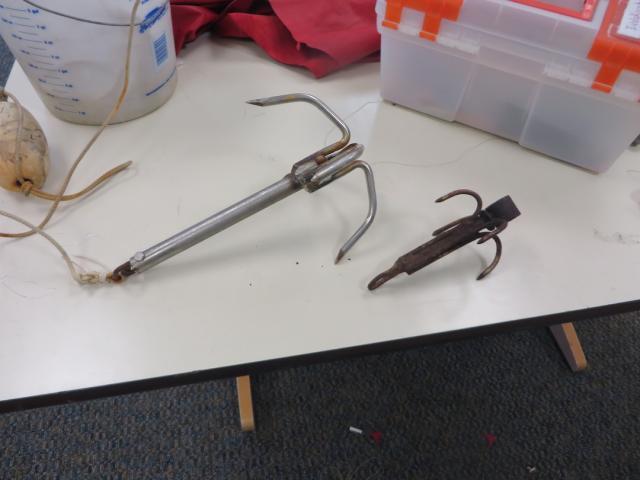
Here are the two hooks. The bigger one we use for whales, my dad bought it from the south or southcentral area. They use them for retrieving their crab pots. We found a use for whales for it. The little older one is home made from a snowmobile shock and steel rods. The bushing tube is where we run a line of lead through to add weight to help hooking the animals better.
